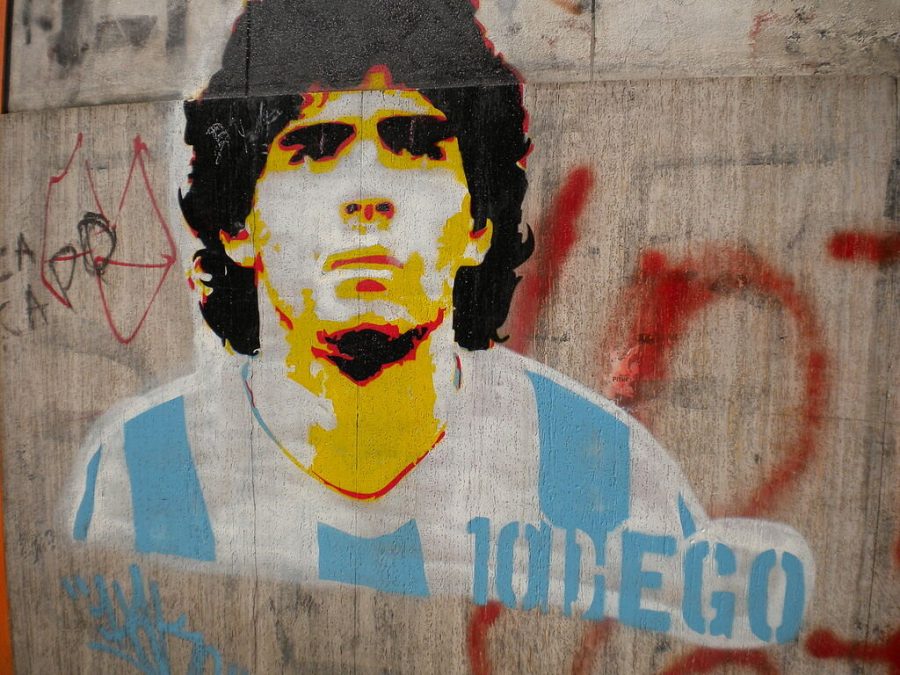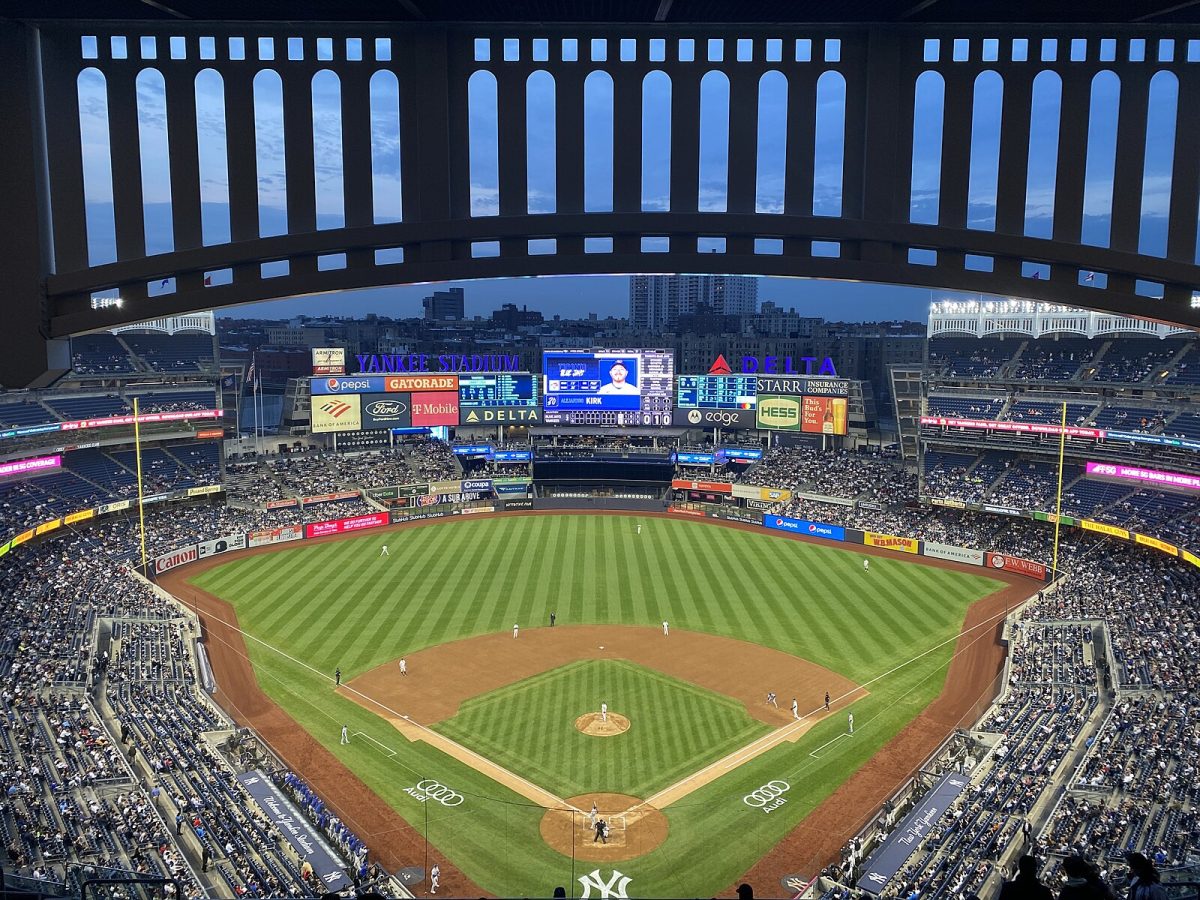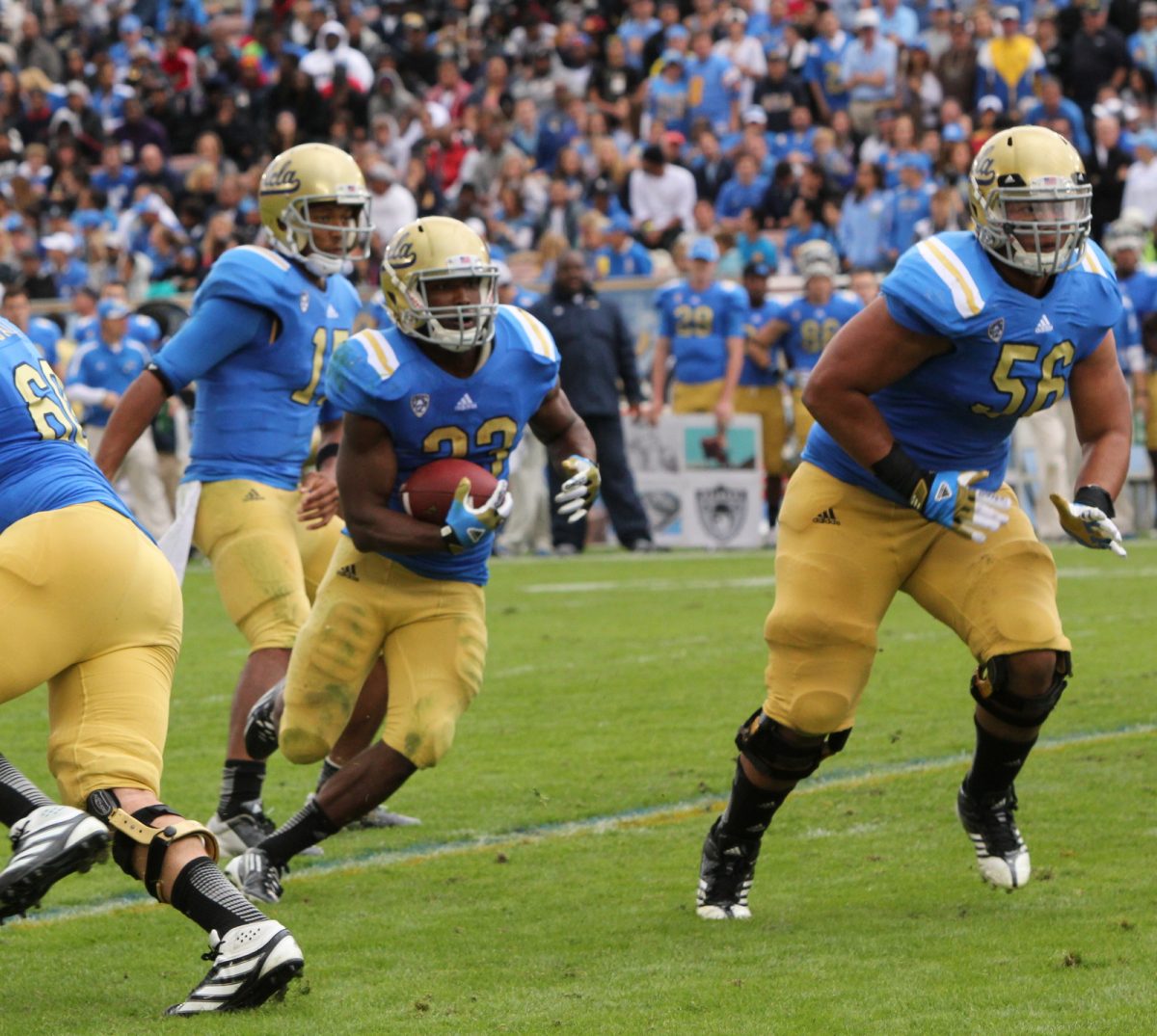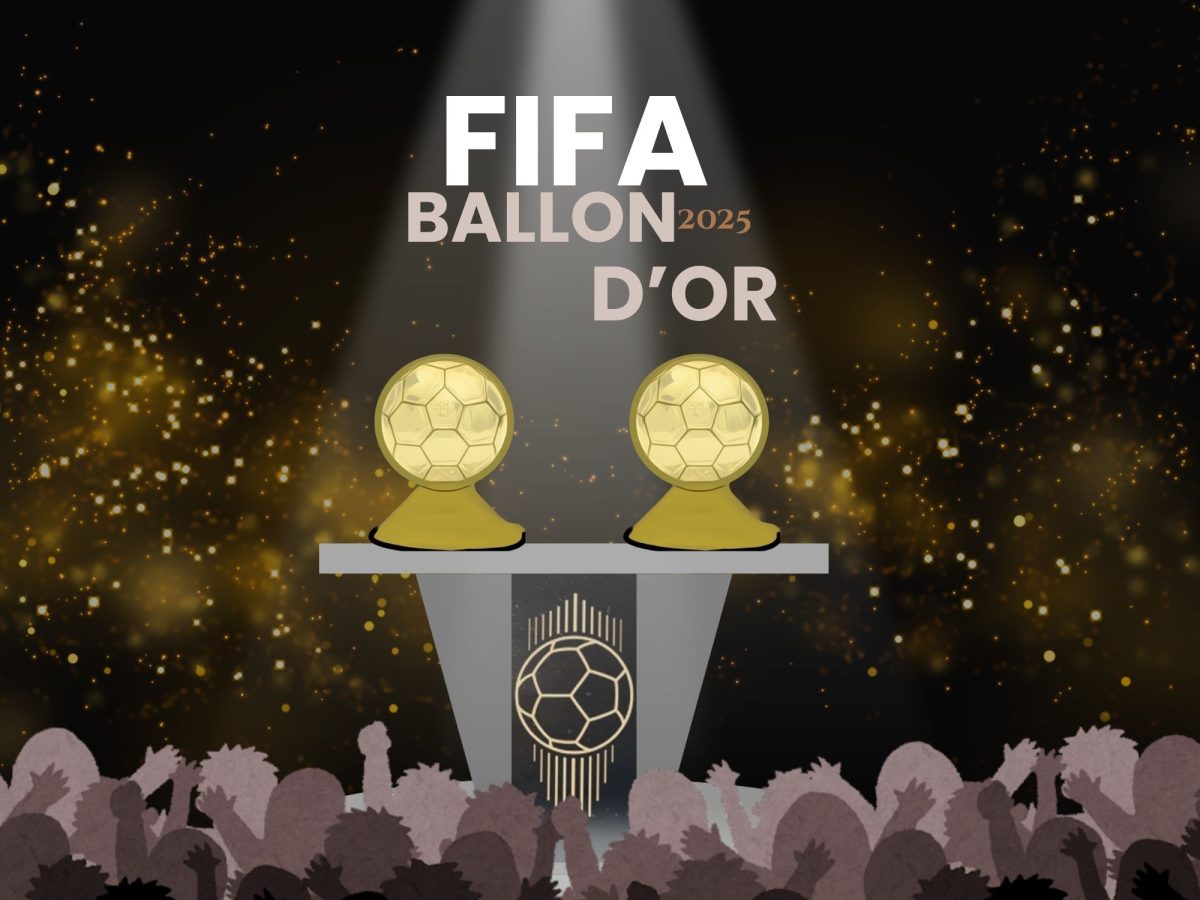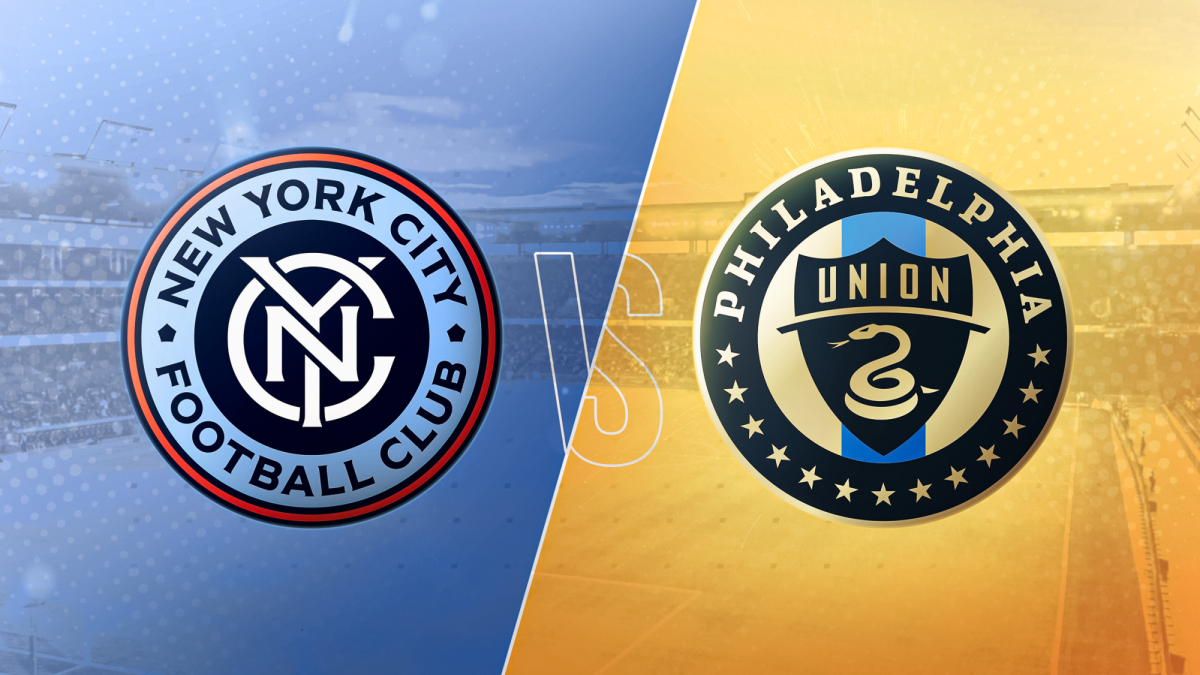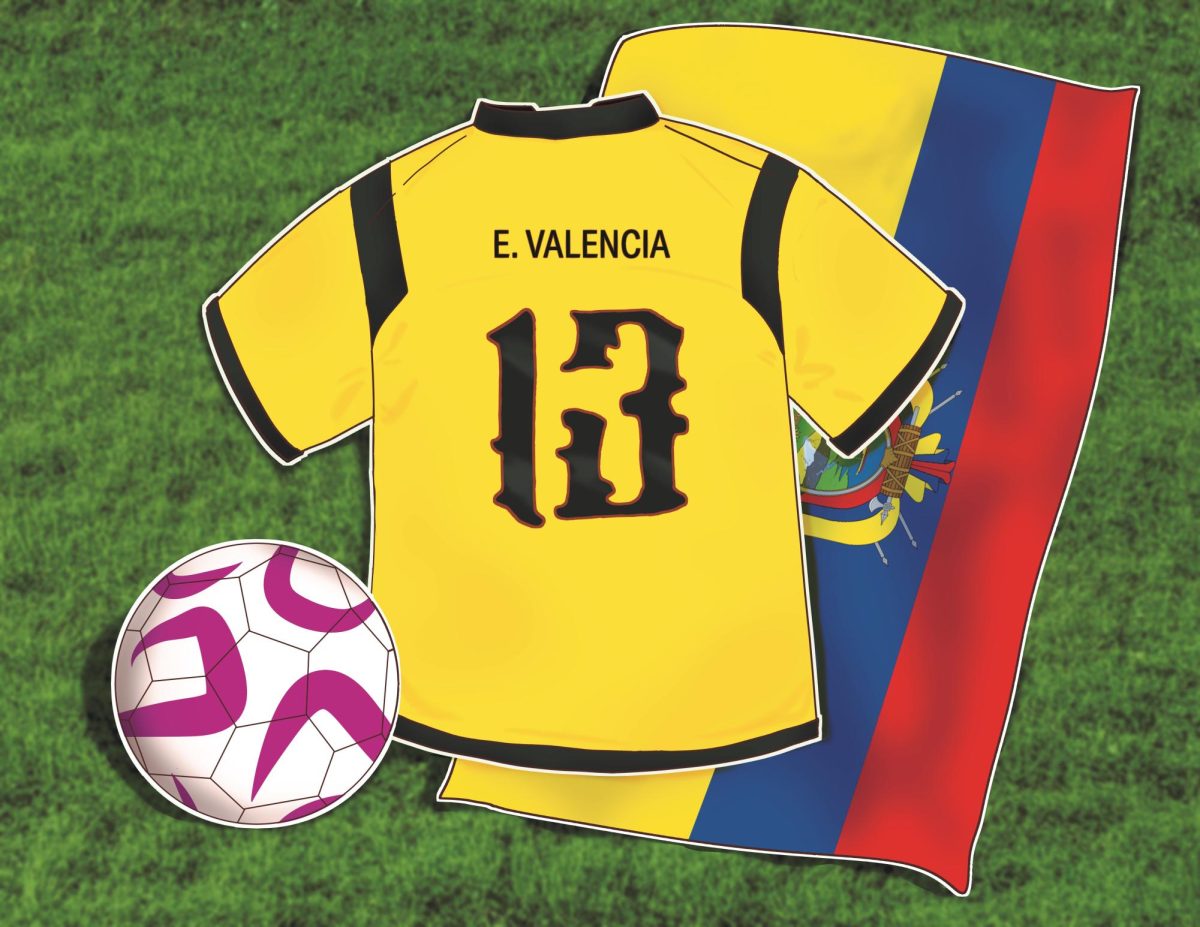When an athlete is good at their game, they are complimented and praised for their play. When an athlete is great at their game, their names become etched in the hearts and minds of all who had the opportunity to watch. But when an athlete plays with such skill that changes the way the sport is played, they become icons. The world of fútbol suffered an incomprehensible loss with the recent death of Argentinian midfielder Diego Armando Maradona.
To mention Maradona is to conjure unforgettable images that have changed the game. The most infamous goal in the history of the sport, known as “the Hand of God,” was when Maradona punched the ball past the outstretched arms of England goalkeeper Peter Shilton and the gaze of the referees. In the same game, the way he glided with the ball over the turf of the Estadio Azteca in Mexico and past the hopeless lunging English defenders, slotted home one of the greatest goals in the history of the World Cup in 1986.
Maradona was the ultimate diamond in the rough. Raised in the impoverished village of Villa Fiorito, outside of Buenos Aires, Maradona was a child prodigy making his debut in the Argentine Primera Division at only 15 years old. After scoring an incredible 116 goals in 166 appearances, Maradona achieved his dream of playing for arguably Argentina’s biggest club, Boca Juniors. At La Bombonera, Maradona won the league title and cemented his status as a player who represented the best and worst that Argentina had to offer.
Although Maradona went on to play for one of the most prestigious clubs in the world, Futbol Club Barcelona, scoring 22 goals in 36 appearances, El Diego became a deity when he was sold to Società Sportiva Calcio Napoli in 1984. Before Maradona’s win, Napoli had never won a domestic league title, with only two Coppa Italia wins to their name. In fact, the entire city of Naples was in decline.
A cholera outbreak in 1973 and an earthquake in 1980 only strengthened the stereotypes surrounding Neapolitans, their city and Southern Italy as a whole. The lack of economic prosperity in the South relegated southern Italians to the role of second-class in some eyes. In soccer, no team from southern Italy had ever won Serie A, as the league was dominated by Juventus, A.C. Milan and Inter Milan. All of these teams originated from northern Italy and they would never let teams such as Napoli forget it.
When Maradona came to Naples, he was seen as a tool of salvation by the people. He elevated the squad as a midfield maestro from the moment of his arrival, with his warm-up routine attaining legendary status across Italy. Even though Maradona was not necessarily known as a goal-scorer, his impact was felt as Napoli became a team to be reckoned with. In 1987, with Maradona wearing the captain’s armband and scoring a league-high of 15 goals, Napoli won the league-cup double for the first and only time in the club’s history.
While this was a momentous occasion for Napoli, the celebrations were shared and amplified by the people of Naples. Neapolitans finally felt something that they had lacked in a while — pride. Napoli, the southern Italian club surrounded by drugs, disease and unemployment, took on the big teams of northern Italy like Milan and Turin and conquered them all.
The club and their supporters could finally look at the big clubs and demand respect with legitimate cause. Maradona had murals painted in his honor along the walls of Naples and newborn babies were named after him in the following months after Napoli’s unprecedented success. During the seven years that Maradona wore the blue of S.S.C Napoli, the club won silverware at an unprecedented rate. Napoli had won one more league title in 1990 and their only European trophy in 1989, as Maradona finished his time in Napoli with 115 goals, which was a club record until 2017.
In Naples, Maradona was seen as a god. His relationship with the city was kismet. Maradona was made to represent a working-class city with working-class people and his image was viewed as the icon who fought against the establishment for the sake of every man. Naples’ love for Maradona was so true that they could not bear to cheer against him, even when Maradona’s Argentina played their national team in the 1990 World Cup.
There would never be another Maradona. In fact, Napoli made sure that no other player would wear his number by retiring his number 10.While Maradona was a deity in Naples, he is probably most recognized for his play for the Argentinian national team.
While Maradona played for La Albiceleste, he helped to elevate a decent mediocre team to new heights. The 1986 World Cup was his finest win, as he arguably had the greatest individual performance in the history of the tournament. Maradona created 27 scoring chances for his team, attempted 30 shots with 13 of those shots finding the target, scored five goals, assisted on five more and had more touches of the ball than any other player in the tournament.
Maradona could not be stopped, even as opponents fouled him an astonishing 53 times in seven games. Teams tried to defend him by placing him with two defenders, but he would find that perfect pass through traffic. Maradona dragged Argentina kicking and screaming to the World Cup Final, as he scored all their goals in the quarterfinals against England and the semifinals against Belgium. Maradona was unanimously given the Golden Ball, making him the most valuable player of the tournament and his status as El Pibe del Oro, or the “Golden Boy,” was solidified.
Maradona was loved by the people of Argentina and he brought them international glory. This admiration was also seen when the president of Argentina, Alberto Fernández, declared three national days of mourning after Maradona’s death. Around the world, dignitaries from the world of sports and beyond offered tributes to the altar of Maradona.
Even though Maradona struggled with the pleasures of drugs and women throughout his career, the reputation he had as a footballer was unparalleled. In a way, his struggles contributed to his humanization. The story of a supernatural talent undone by human weakness was and continues to be, compelling. Maradona was the tragic hero of soccer.
“Soccer is the most beautiful and healthy sport in the world,” Maradona said. “Soccer shouldn’t have to pay for my mistakes. It’s not the ball’s fault.”
When people are initially introduced to soccer, certain names are mentioned immediately. Pelé, Lionel Messi and Cristiano Ronaldo are all worthy icons. However, something separates Diego Maradona from the rest. He went from dirt floors to gold streets, using nothing but his talent for a game. He gave his entire being to the beautiful game and it loved him back. His relationship with soccer makes even Romeo and Juliet green with envy and others stand in amazement.
While some generations had the privilege of watching Maradona in action, others only have the highlight film. Either way, his skill was undeniable and he was the champion of the people, whether it was in Argentina or Naples. He played with a passion that all should strive for in their lives, no matter what they do, and that is Maradona’s legacy.


